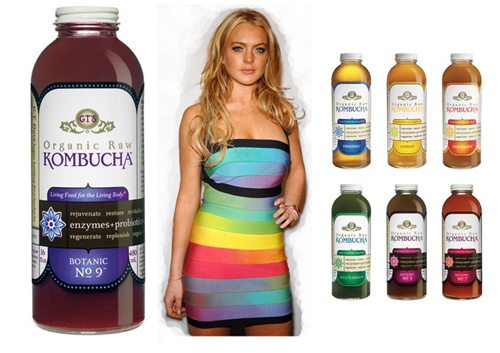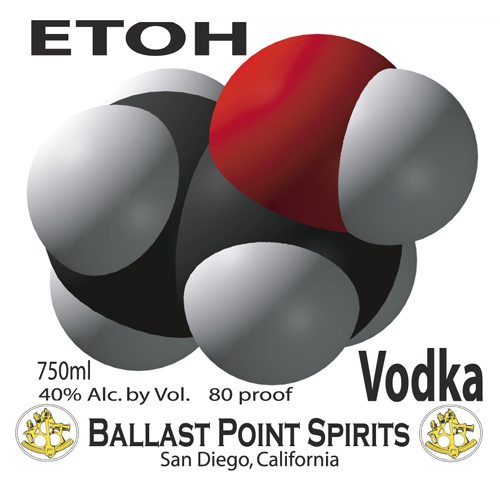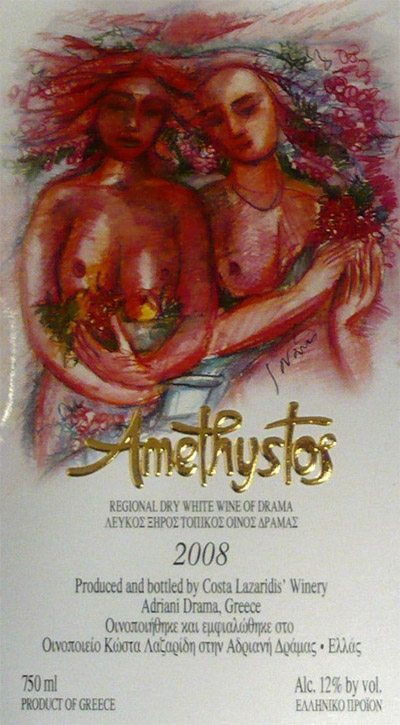TTB had a fascinating tidbit in the September 3, 2010 TTB Newsletter. It tends to say that nutrition information will be attaching to beer, wine and spirits a lot sooner than most people expected. Not so much on labels (yet), but on menus, wine lists and similar postings at on-premise retailers. This seems like a huge and important development, courtesy of President Obama, Congress and FDA (rather than TTB). It therefore seems odd that there is not much outcry; the submitted comments do not show much awareness from the alcohol beverage industry. The Washington Post suggests that the connection among the health care legislation, menu labeling and alcohol beverages caught most people by surprise. TTB summarized the initiative succinctly:
On March 23, 2010, the President signed the health care reform legislation into law. Section 4205 of the Patient Protection and Affordable Care Act of 2010 requires restaurants and similar retail food establishments with 20 or more locations to list calorie content information for standard menu items on restaurant menus and menu boards, including drive-through menu boards. Other nutrient information – total calories, fat, saturated fat, cholesterol, sodium, total carbohydrates, sugars, fiber and total protein – would have to be made available in writing upon request.
Continue Reading Leave a CommentThe FDA Questions and Answers in B, Covered Food, Question 2,...






